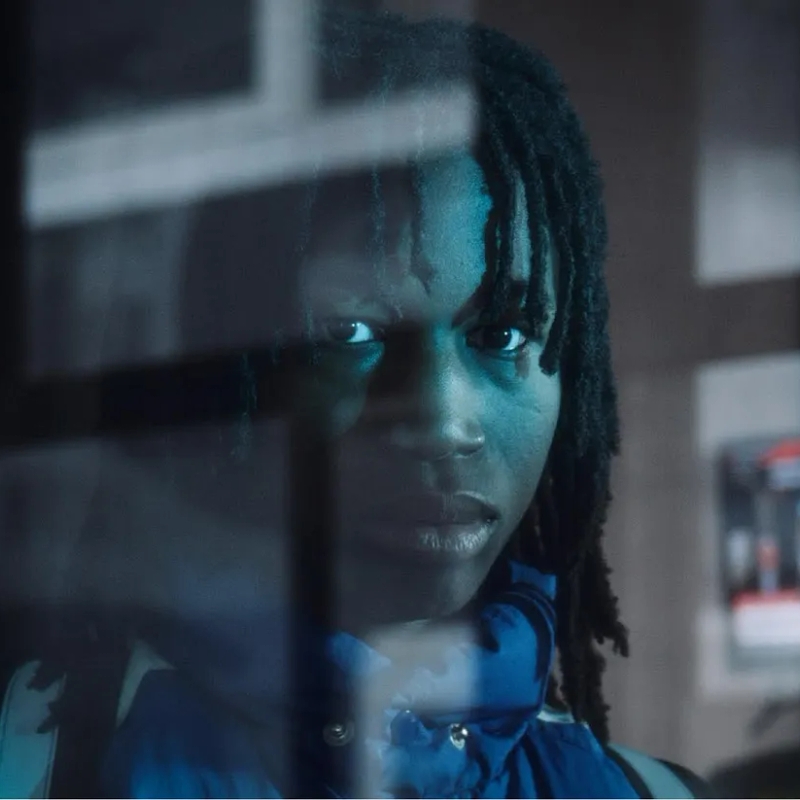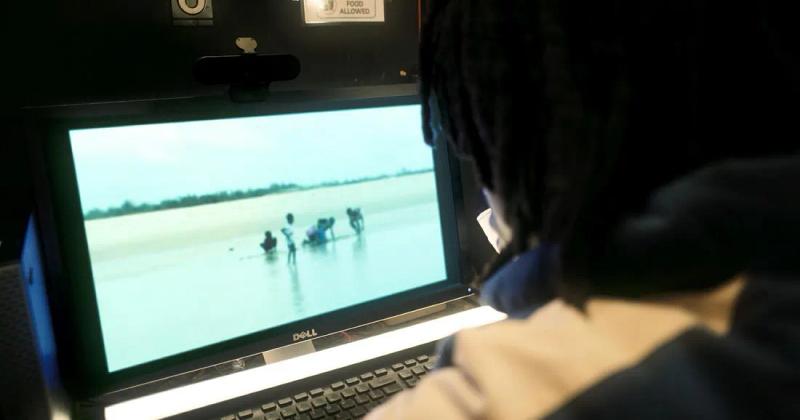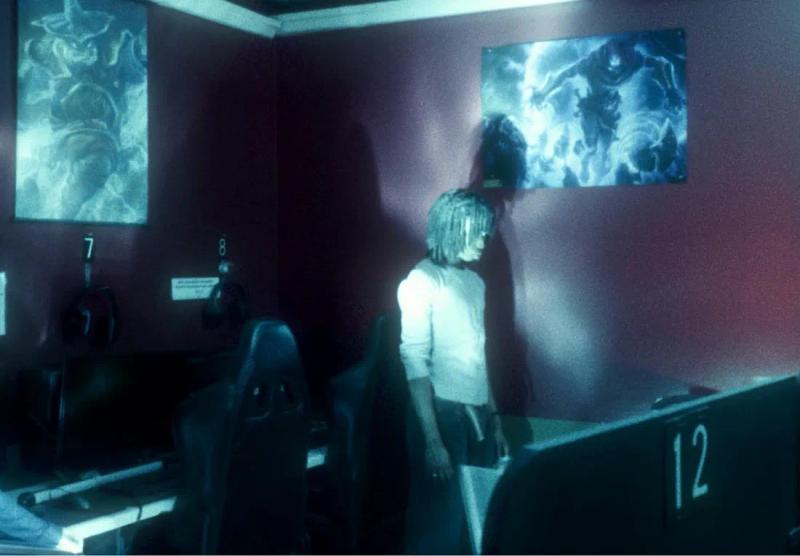in-review
Reflections in the Undercurrent: A Review of Kamande Muigai’s ‘Undercurrent’
by Jean Johnson
September 12, 2024

in-review
September 12, 2024

Kamande Muigai, a Kenyan film student at New York University, is poised to become one of the country greatest filmmakers, particularly after the release of his latest film, Undercurrent.
Undercurrent pulls you into the life of a boy adrift in a world that offers him nothing but cold reality, yet beneath the surface, there lies a relentless pull — of dreams, desires, and despair. His one foot is in the hard, unyielding soil of reality and the other is submerged in the depths of longing. This short film captures the raw tension between what is seen and what is felt, what is lived and what is imagined.
The plot is deceptively simple: a young man, displaced and disillusioned, grapples with the weight of his existence in America. Here, the USA is not a land of dreams but of dimly lit cyber cafes, empty rooms, and the relentless grind of survival. He’s been through the foster system, tossed from one household to another, each time feeling further from a true sense of home. The protagonist, with eyes clouded by the weight of his thoughts, is haunted by the memory of a home he’s never truly known — a home he envisions as the sun-drenched shores of Kenya. But the journey there is obstructed by the stark reality of an $800 plane ticket — an insurmountable sum for someone in his position.

The cinematography mirrors his internal conflict with precision. It traps you in the boy’s world. The camera lingers on the starkness of his surroundings: the dimly lit cyber cafe, where the protagonist is chased away from even the meager opportunity to work; the cramped, suffocating space of his room, which is more cell than sanctuary, where the air is thick with his friend’s warnings and cheap liquor; and the gym, where the shimmering pool becomes a symbol of both escape and entrapment.
The pool, with its sterile, artificial clarity, is a portal. Watching the gym instructor’s fluid strokes on the screen, the boy seems to be reaching out to a memory of a place he’s never touched, as if the rhythm of the breaststroke could somehow carry him across an ocean. The pool becomes his crucible, a yearning to swim away from it all, where the boundaries between his reality and the dream of Kenya — a place of “beautiful waters” and freedom — becomes a promise.
The most striking sequence in the film occurs when the boy dives into the pool, through his desperate desire to break free, only to emerge not in the chlorinated waters of the gym, but in the vast, open sea off a Kenyan beach. Here, the water is no longer contained but wild, free, and unforgiving. It’s a scene that should offer solace, yet there’s an undeniable tension — a suggestion that this paradise may only exist in the mind of a boy who has lost everything, even the will to survive.
The cinematography mirrors his internal conflict with precision. It traps you in the boy’s world. The camera lingers on the starkness of his surroundings: the dimly lit cyber cafe, where the protagonist is chased away from even the meager opportunity to work; the cramped, suffocating space of his room, which is more cell than sanctuary, where the air is thick with his friend’s warnings and cheap liquor; and the gym, where the shimmering pool becomes a symbol of both escape and entrapment.
The pool, with its sterile, artificial clarity, is a portal. Watching the gym instructor’s fluid strokes on the screen, the boy seems to be reaching out to a memory of a place he’s never touched, as if the rhythm of the breaststroke could somehow carry him across an ocean. The pool becomes his crucible, a yearning to swim away from it all, where the boundaries between his reality and the dream of Kenya — a place of “beautiful waters” and freedom — becomes a promise.
The most striking sequence in the film occurs when the boy dives into the pool, through his desperate desire to break free, only to emerge not in the chlorinated waters of the gym, but in the vast, open sea off a Kenyan beach. Here, the water is no longer contained but wild, free, and unforgiving. It’s a scene that should offer solace, yet there’s an undeniable tension — a suggestion that this paradise may only exist in the mind of a boy who has lost everything, even the will to survive.

The final moments of the film are a poetic unraveling. The libation poured by the friend, the empty cyber cafe, the unattended bike on the street — they are not mere symbols but heavy, lingering presences that speak of loss. The implication is devastating: the boy’s escape, his longed-for freedom, was only possible through a tragic surrender to the very undercurrent that had always threatened to pull him under.
The title Undercurrent is perfectly chosen, reflecting not just the hidden emotions that drive the protagonist, but also the subtle, almost imperceptible forces that pull him toward his fate. The plot truly portrays the plight of those who don’t feel a sense of belonging, how they can never really settle and always feel like there’s more waiting, a thought so great it kills them. The acting is on point, the nonchalantness of his friend compounding his agitation. The cinematography is claustrophobic as is the protagonist’s life. And as the final frames fade, you’re left floating, wondering if perhaps the true undercurrent lies within us all — a pull towards something we can never fully grasp, something that might just drown us in the end. An all around great film and a peek into the greatness that we should expect of Kamande Muigai.
Watch the film here.